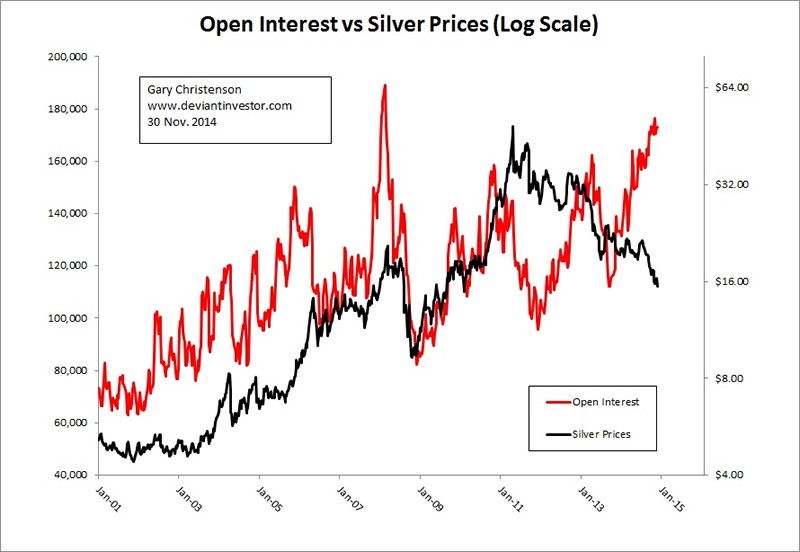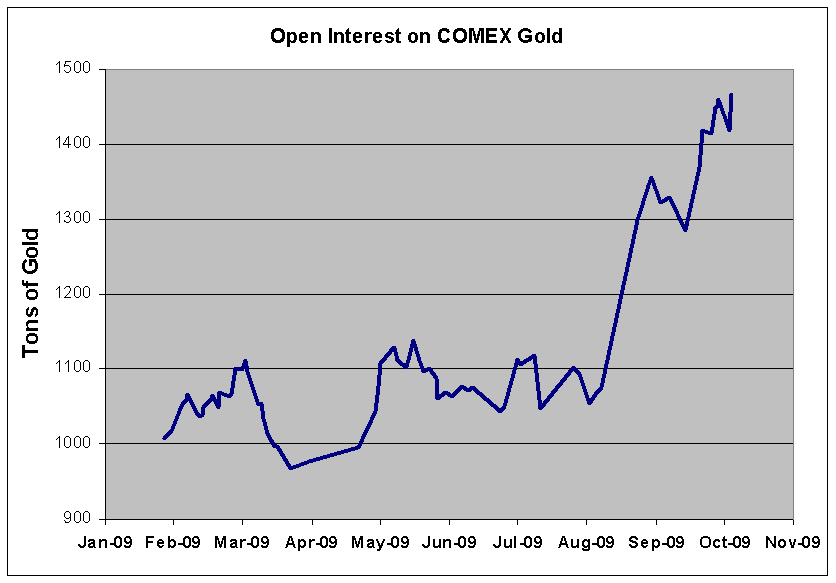Price and Open Interest in Greek Stock Index Futures Market
Post on: 26 Май, 2015 No Comment

Page 1
emf.sagepub.com/
Journal of Emerging Market Finance
emf.sagepub.com/content/6/2/191
The online version of this article can be found at:
What is This?
at Univ of Science & Tech of China on October 11, 2013emf.sagepub.comDownloaded from at Univ of Science & Tech of China on October 11, 2013emf.sagepub.com Downloaded from at Univ of Science & Tech of China on October 11, 2013 emf.sagepub.comDownloaded from at Univ of Science & Tech of China on October 11, 2013emf.sagepub.comDownloaded from at Univ of Science & Tech of China on October 11, 2013emf.sagepub.comDownloaded from at Univ of Science & Tech of China on October 11, 2013emf.sagepub.comDownloaded from at Univ of Science & Tech of China on October 11, 2013emf.sagepub.comDownloaded from at Univ of Science & Tech of China on October 11, 2013emf.sagepub.comDownloaded from at Univ of Science & Tech of China on October 11, 2013emf.sagepub.comDownloaded from at Univ of Science & Tech of China on October 11, 2013emf.sagepub.comDownloaded from at Univ of Science & Tech of China on October 11, 2013emf.sagepub.comDownloaded from at Univ of Science & Tech of China on October 11, 2013emf.sagepub.comDownloaded from at Univ of Science & Tech of China on October 11, 2013emf.sagepub.comDownloaded from
Price and Open Interest in
Greek Stock Index Futures Market
This article examines the relation between price and open interest in the Greek
stock index futures market. The focus is on GARCH effects and the long-run in-
JEL Classification: G13, G14, G15
Keywords: Futures, open interest, GARCH, cointegration, ADEX
1. Introduction
In this article we investigate the price-open interest relation for stock index
futures. Open interest is the total number of futures contracts that have not
been ‘closed out’.1 It is often used to confirm trends and trend reversals for
futures contracts. The open interest position is reported each day and repre-
Page 3
192 / CHRISTOS FLOROS
JOURNAL OF EMERGING MARKET FINANCE, 6:2 (2007): 191–202
declining open interest means that the market is liquidating and implies
that the prevailing price trend is coming to an end. So, knowledge of open
interest can prove useful towards the end of major market moves.
The price (or volatility)-open interest relation on financial futures mar-
kets continues to be of empirical interest.2 Open interest is an important
indicator for hedging (Chen et al. 1995; Kamara 1993) and market depth
(Bessembinder and Seguin 1993). Previous empirical studies show evi-
dence of strong correlations between price volatility and open interest.
Bessembinder and Seguin (1993) study this relationship for eight futures
markets and report a negative impact of expected open interest to volatility.
They suggest that variations in open interest reflect changes in market depth,
while greater market depth leads to lower volatility. Ragunathan and Peker
(1997) show that positive open interest shocks have an impact on volatility
than negative shocks. This also leads to the conclusion that market depth
does have an effect on volatility. Watanabe (2001) shows that there is a sig-
nificant negative relation between volatility and expected open interest for
the Nikkei 225 stock index futures. However, the results provide evidence
that the relation may vary with the regulation. Furthermore, Girma and
Mougoue (2002) use a GARCH (1, 1) model to explore the effect of volume
and open interest on futures spreads return volatility. They show that lagged
volume and open interest provide significant explanation for futures spreads
volatility when entered separately. On the other hand, Ferris et al. (2002)
find that open interest is not directly affected by the increase in volatility.
Accordingly, ‘open interest in the S&P 500 index futures is a useful proxy
for examining the flow of capital into or out of the market, given pricing error
information shocks’ (Ferris et al. 2002: 371). Recently, Yang et al. (2004)
have examined the long-run information role of open interest in futures
markets. Their results show that there is a long-run relation between open
interest and futures prices. This suggests that futures price is a primary source
Page 4
Price and Open Interest in Greek Stock Index Futures Market / 193
JOURNAL OF EMERGING MARKET FINANCE, 6:2 (2007): 191–202
causality econometric techniques. We specifically examine GARCH effects

in our data and test how well the GARCH effects are explained by open
interest. In addition, we investigate Granger causality on the basis of the
existence of a cointegration (long-run) relationship among futures price
and open interest. The link between cointegration and causality stems from
the fact that, if two variables are cointegrated, then causality must exist in
at least one direction, and possibly in two directions (Granger 1986).
The article is organised as follows: Section 2 outlines the methodology
and describes the data. Section 3 presents empirical results. Section 4 provides
a conclusion and summarises the findings.
2. Methodology and Data
Financial research shows much evidence that the distribution of asset returns
characterized by leptokurtosis, skewness, volatility clustering, leverage effects,
long memory and volatility smile. A usual way to capture the above stylised
facts is to model the conditional variance as an ARCH process. Engle (1982)
proposes an ARCH model to capture the changing in variance. He introduces
the ARCH (p) time series models for explaining the time-varying volatility
clustering phenomenon. Bollerslev (1986) extends the ARCH model in-
cluding past variances as well as past forecast errors. This model is referred
to as GARCH (p, q) model. The GARCH (p, q) model captures the tendency
in financial data for volatility clustering and incorporates heteroskedasticity
into the estimation procedure. In GARCH (p, q), positive and negative past
values have a symmetric effect on the conditional variance.
A quantitative approach that has been used to explain the price-open
interest relationship is based on GARCH models. A significant number of
research articles argue that GARCH (1, 1) model accounts for temporal de-
pendence in variance and excess kurtosis (Ciner 2002). The GARCH (1, 1)
model is found to be parsimonious and easier to identify and estimate the
parameters (see Bollerslev 1986 and Enders 1995). Brailsford (1996) uses














